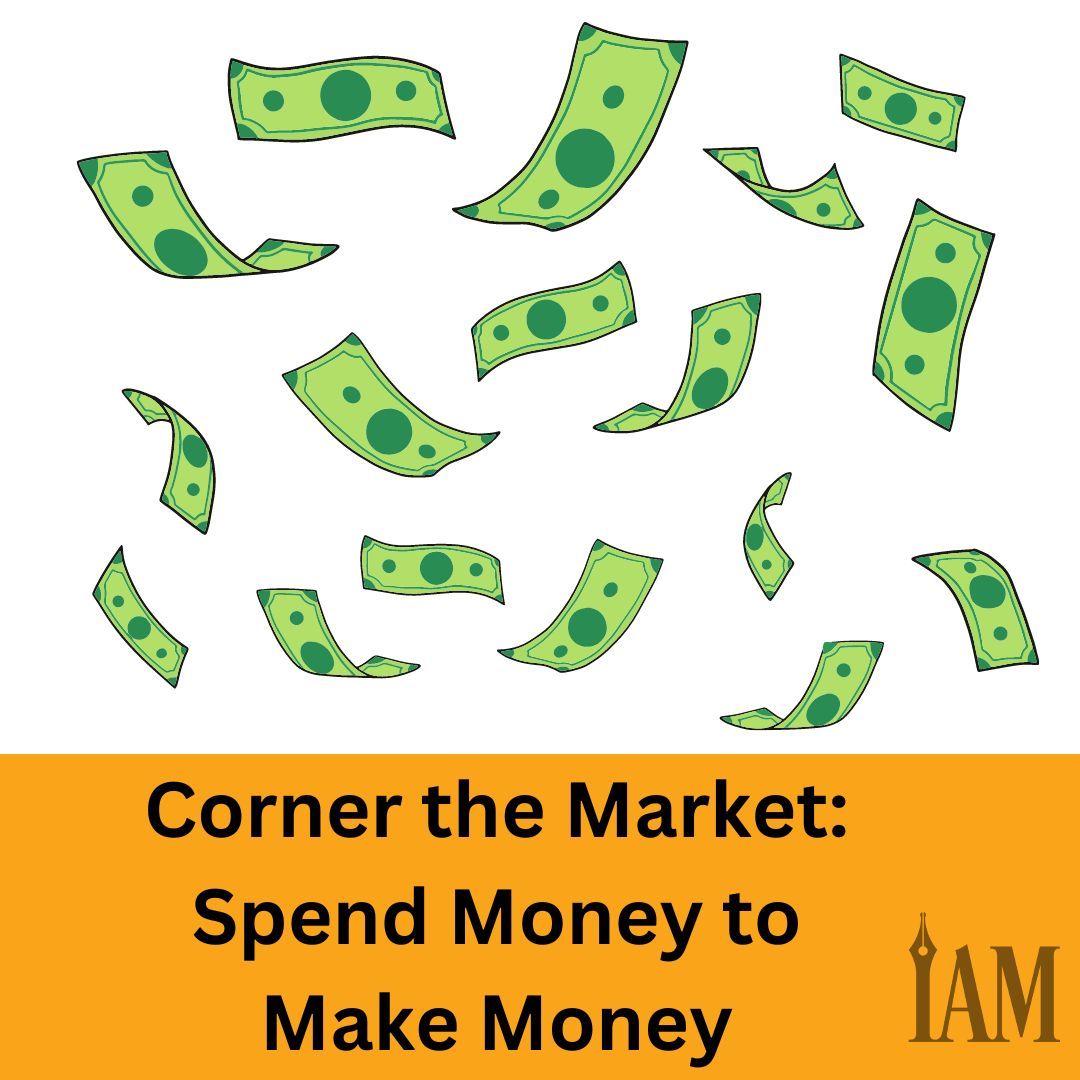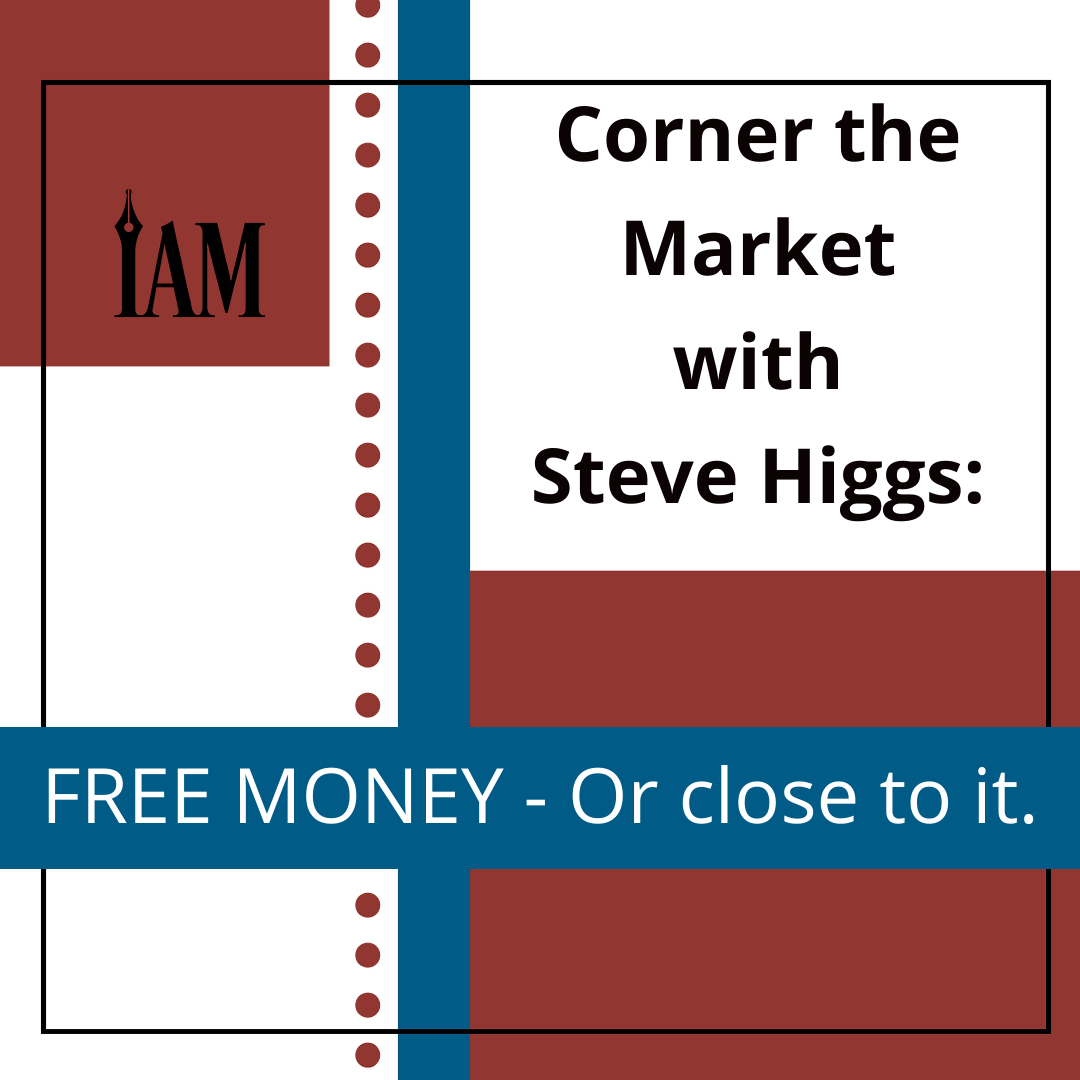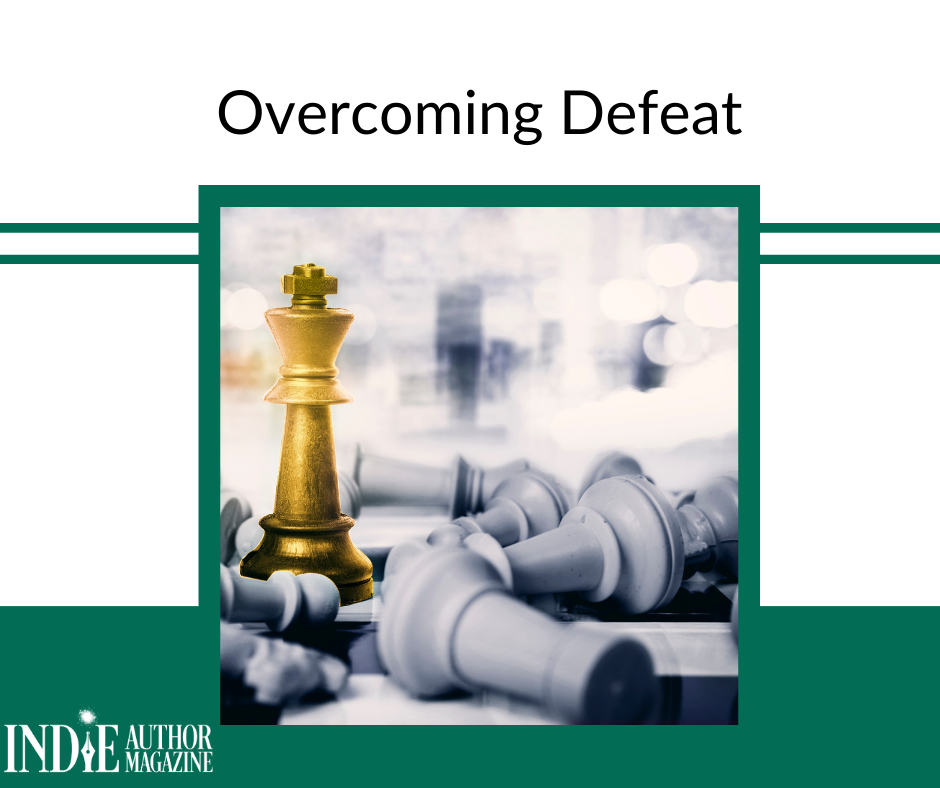I have spoken about marketing many times at conferences, and one subject always gets discussed: money.
Most of the authors I meet don’t have a lot of it to throw around, and when they run a few ads and see their hard-earned cash vanish without generating any sales, it makes them not want to spend any more.
This is a paradox. If you don’t spend money on ads, you are unlikely to sell any books to generate the money to spend on the ads. It’s a chicken-and-egg situation.
So how do you overcome it?
My advice is to learn all you can before you start running ads. Read books and watch online tutorials. Talk to fellow authors who are running ads and see what has worked for them. Reach out to authors in your genre and ask them what audiences they have used successfully, and look at images people are using for their ads.
You can also try browsing the Facebook Ad Library: https://facebook.com/ads/library. Type a genre into the search bar to see what other advertisers are doing.
But let’s look further into the future. If you advance to where you have some money set aside and feel confident you can craft an ad and construct an audience, then set a low daily rate and run that ad.
But you can’t run just one.
Why not? Because after a million dollars spent on Facebook Ads and six years of testing, I can promise you it is more or less impossible to know what image will resonate with your audience. Typically, I test four to ten images at a time. That’s four to ten ads, all with the same copy but using different images. (Remember, it is the image that stops people scrolling. Provided you have aimed at the right audience, your copy and headline should pull them in further, but the image is key.)
Figure 1 is from my Facebook Ads account.
Figure 1
The total spend for the month of January 2020 was roughly $2,000. I sold about $10,000 worth of books—a fairly healthy return, and I made $8,000 profit.
By May of that year, I was spending significantly more—a little more than $6,500, as shown in figure 2.
Figure 2
My spending had increased fourfold. However, as shown in figure 3, so had my income.
Figure 3
Between January and April 2020, my income went from $10,000 to almost $40,000. Did I suddenly have four times as many books for sale?
No. I marketed the books I had, found ads that worked, and scaled the spending on those ads to generate additional income.
I spent money to make money.
As income from my books had started to trickle in more than a year before this time frame, I’d constantly channeled it back into the next month’s ads, always reinvesting a portion of my profit to cover the increasing budget. This minimized the risk of scaling up.
I’m still scaling up now, looking for how I can spend more to make more from the books I have already written.
So if you have a good ad, how much do you increase the budget?
Here’s what I do. I run a bunch of ads—four to ten, as I said earlier. The one or two that perform best get to live, and the rest are turned off. Those that remain will have their budgets increased according to how I feel they might perform. This isn’t guesswork. It used to be, but thanks to Amazon Attribution links, I can now see whether certain ads are successful. I will double the spend to see if the ad continues to sell books. I will double it again if it continues to work.
Ads will burn out eventually, but you can sell a bunch of books before they do, and through experimentation, you can have new ads up and taking over before your sales dwindle.
Spending $100, $200, or $500 a day might sound scary, but you get to build up to it. All the while, you will be making profit, so what do you care how much you spend?
Now go get those sales!








